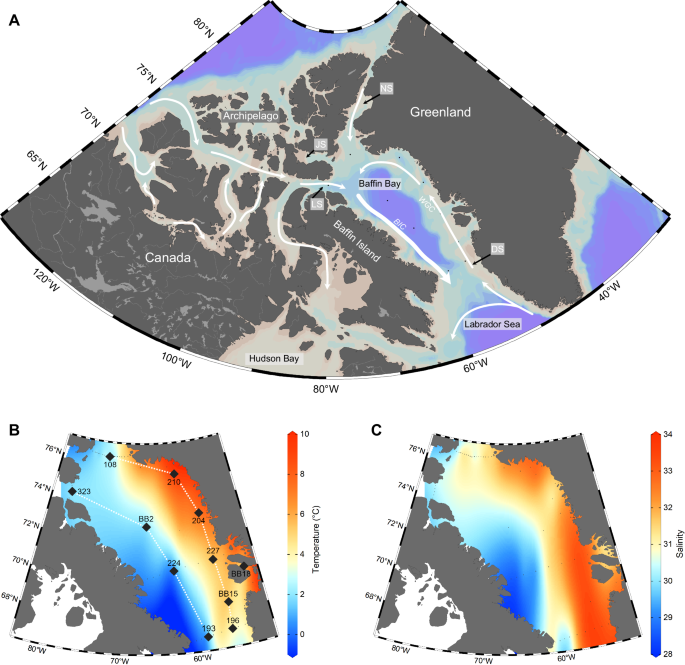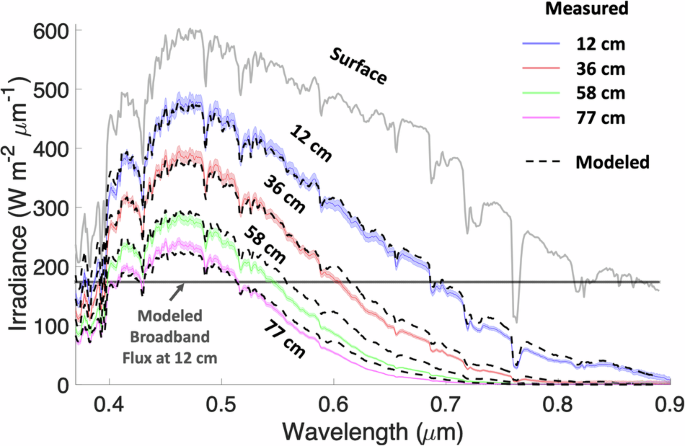2024-10-17 カリフォルニア大学校アーバイン校(UCI)
<関連情報>
- https://news.uci.edu/2024/10/17/uc-irvine-scientists-identify-potential-deep-ocean-greenhouse-gas-storage-solution/
- https://www.nature.com/articles/s41467-024-53132-5
バフィン湾における難分解性・難溶性カルボキシルリッチ脂環式分子と炭水化物の循環 Cycling of labile and recalcitrant carboxyl-rich alicyclic molecules and carbohydrates in Baffin Bay
Kayla McKee,Hussain Abdulla,Lauren O’Reilly & Brett D. Walker
Nature Communications Published:09 October 2024
DOI:https://doi.org/10.1038/s41467-024-53132-5

Abstract
Marine dissolved organic matter (DOM) is an important, actively cycling carbon reservoir (662 GtC). However, the chemical structure and cycling of DOM within rapidly warming, polar environments remains largely unconstrained. Previous studies have shown rapid surface cycling of carbohydrates as biologically-labile DOM (LDOM). Conversely, carboxyl-rich alicyclic molecules (CRAM) are often used as examples of biologically-recalcitrant DOM (RDOM). Traditional DOM isolation methods (e.g., ultrafiltration (10–30% of DOM) and solid-phase extraction (40–60% of DOM) induce chemical-, size- and compositional-bias – complicating inferences to total DOM cycling. Here, we use a total DOM proton (1H) nuclear magnetic resonance (NMR) spectroscopy method to show carbohydrates and CRAM have high concentrations in the surface ocean and low concentrations at depth in Baffin Bay. Between 21–43% of surface CRAM is removed at depth. These results suggest both CRAM and carbohydrates are major LDOM constituents – contradicting the existing CRAM cycling paradigm and further constraining the long-term persistence of deep ocean DOM.



